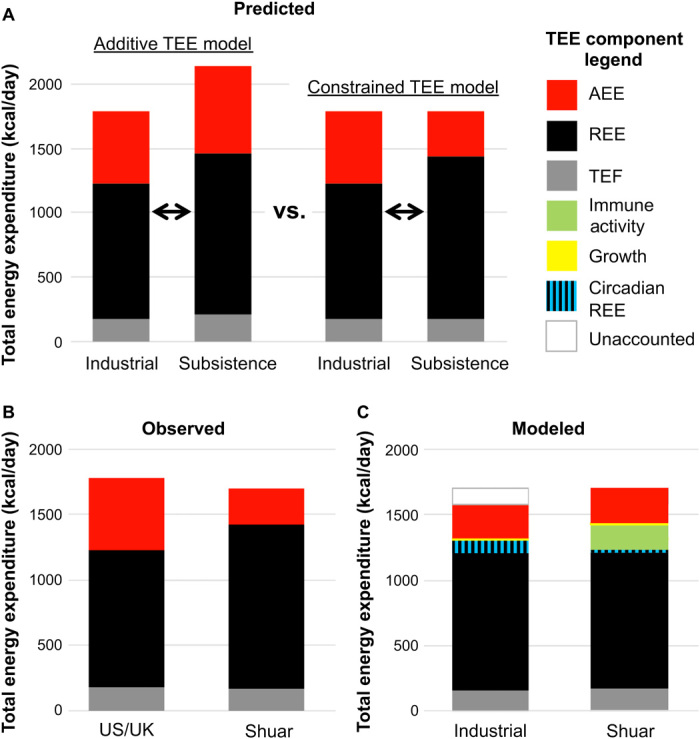Fig. 1. Predicted, observed, and modeled patterns of children’s energy expenditure in industrial (US/UK) and subsistence-based (Shuar) populations.

Predicted additive TEE and constrained TEE models of human energy use (A), with observed (B) and modeled (C) components of TEE among Shuar and industrialized children. (A) Children from subsistence-based populations with relatively heavy burdens of infectious disease and active lifestyles are predicted to either increase TEE as a result of increased REE and AEE (additive TEE model) or maintain TEE at industrialized levels as a result of REE and AEE trade-offs (constrained TEE model). (B) Observed energy expenditures in Shuar and U.S./U.K. cohorts follow the constrained TEE model with greater Shuar REE but lower AEE and no overall TEE difference. (C) Modeled energy expenditures accounting for immune activity and growth, as well as possible population differences in exercise efficiency and REE circadian variation, produce TEE estimates for Shuar and industrial populations that vary by only 8% (Materials and Methods). TEE, total energy expenditure; REE, resting energy expenditure; AEE, activity energy expenditure; TEF, thermic effect of food.
